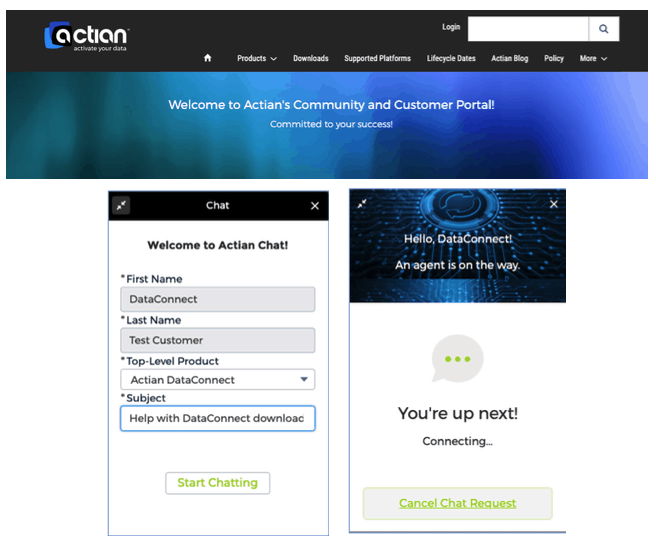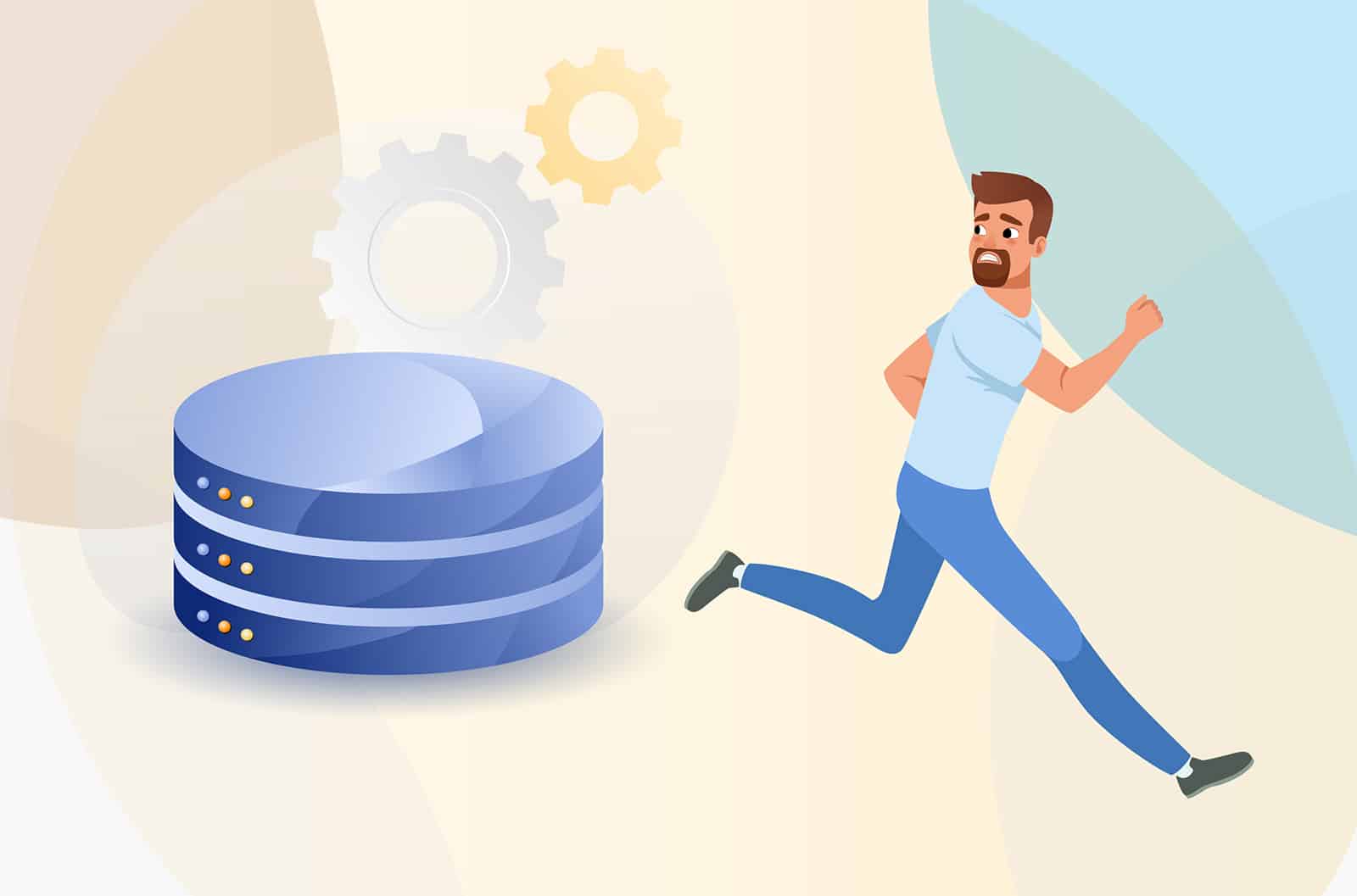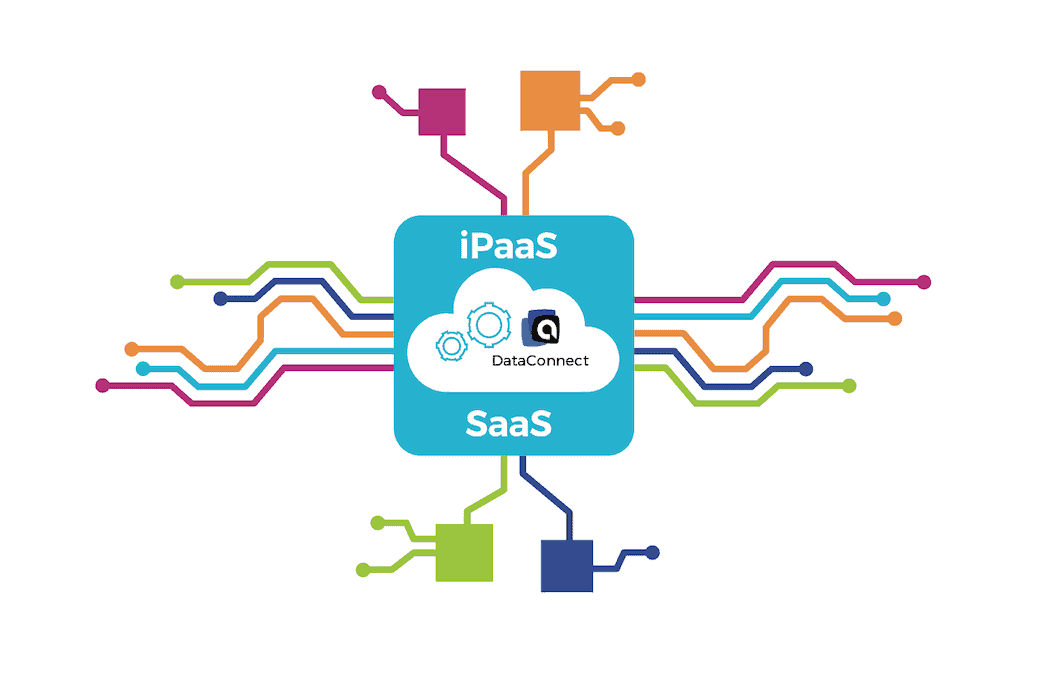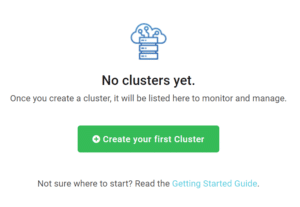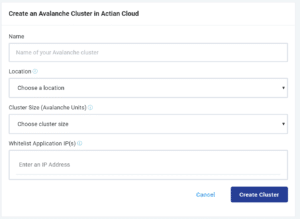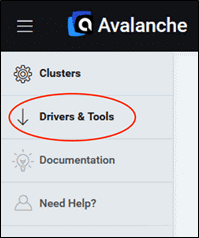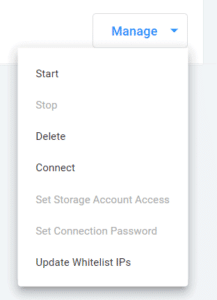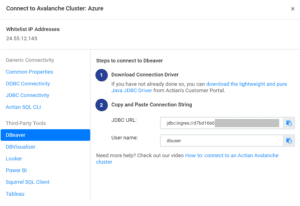What is the Difference Between a Data Dictionary and a Business Glossary?
Actian Corporation
November 18, 2019

In metadata management, we often talk about data dictionaries and business glossaries. Although they might sound similar, they’re quite different. Let’s take a look at their differences and relations.
What is a Data Dictionary?
A data dictionary is a collection of descriptions of data objects or items in a data model.
These descriptions can include attributes, fields, or even properties on their data, such as their types, transformations, relations, etc.
Data dictionaries help data explorers better understand their data and metadata. Usually in the form of tables or spreadsheets, data dictionaries are a must-have for IT knowledge for technical users such as developers, data analysts, data scientists, etc.
What is a Business Glossary?
While data dictionaries are useful to technical users, a business glossary is meant to bring meaning and context to data in all departments of the enterprise.
A business glossary is, therefore, a place where business and/or data terms are defined. It may sound simple, however, all employees in an organization rarely share a common understanding of even basic terms such as “contact” and “customer”.
The Main Differences Between Data Dictionaries and Business Glossaries Are:
Data dictionaries deal with database and system specifications, mostly used by IT teams. Business glossaries provide more accessible and standardized definitions for everyone in the organization.
Data dictionaries usually come in the form of schemas, tables, columns, etc. whereas a business glossary provides a unique definition for business terms in textual form.
A business glossary cross references terms and their relationships whereas data dictionaries do not.
What is the Relation Between a Data Dictionary and a Business Glossary?
The answer is simple: a business glossary provides meaning to the data dictionary.
For example, a US social security number (SSN) will be defined as “a unique number assigned by the US government for the purpose of identifying individuals within the US Social Security System” in the business glossary. In the data dictionary, the term SSN is defined as “a nine character string typically displayed with hyphens”.
If a data citizen ever has a doubt on what the term “SSN” means in the context of their data dictionary, they can always search for the associated business term inside the business glossary.
Interested in Automating a Data Dictionary and Building a Business Glossary for Your Enterprise?
Create a central metadata repository for all corporate data sources with our data catalog thanks to our connectors and APIs.
Our tool also provides a user friendly and intuitive way to build and import your business glossaries in order to link these definitions with any concepts.
Create a single source of truth in your enterprise.
Subscribe to the Actian Blog
Subscribe to Actian’s blog to get data insights delivered right to you.
- Stay in the know – Get the latest in data analytics pushed directly to your inbox.
- Never miss a post – You’ll receive automatic email updates to let you know when new posts are live.
- It’s all up to you – Change your delivery preferences to suit your needs.
Subscribe
(i.e. sales@..., support@...)




